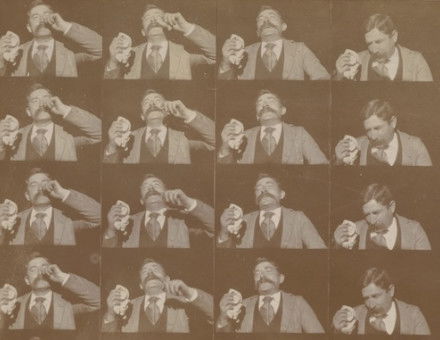The Blockade of the Smugglers
The English south coast lay at the mercy of smugglers, writes Christopher Lloyd, until a full-scale blockade from 1817 gradually brought them under control.
In the history of law and order in England it is an astonishing fact that not until the third decade of the nineteenth century did the Crown exercise effective control over the south-east coast of the kingdom. Before that date, the whole length of coast between the mouth of the Thames and Selsey Bill was virtually in the hands of the smugglers or their sympathisers.
A strip two miles broad on the part of the coast marked by the Cinque Ports was, by ancient privilege, free from the jurisdiction of county magistrates on account of services rendered by fishermen to sea rescue operations in an area such as the Downs, which was usually crowded with shipping and uncomfortably close to the Goodwin Sands.
Nowadays, when every cafe and public house along that coast exploits romantic notions about smuggling, it is well to remember what a brutal lot they really were, and how easily they could defy the law. Travelling south from Tunbridge Wells in 1752, Horace Walpole left civilisation behind him before he reached the town of Battle - ‘the roads bad beyond all badness, our guides frightened beyond all frightfulness’.





